The U.S. tested the Rapid Dragon system to drop AGM-158B JASSM-ER long-range cruise missiles from aircraft
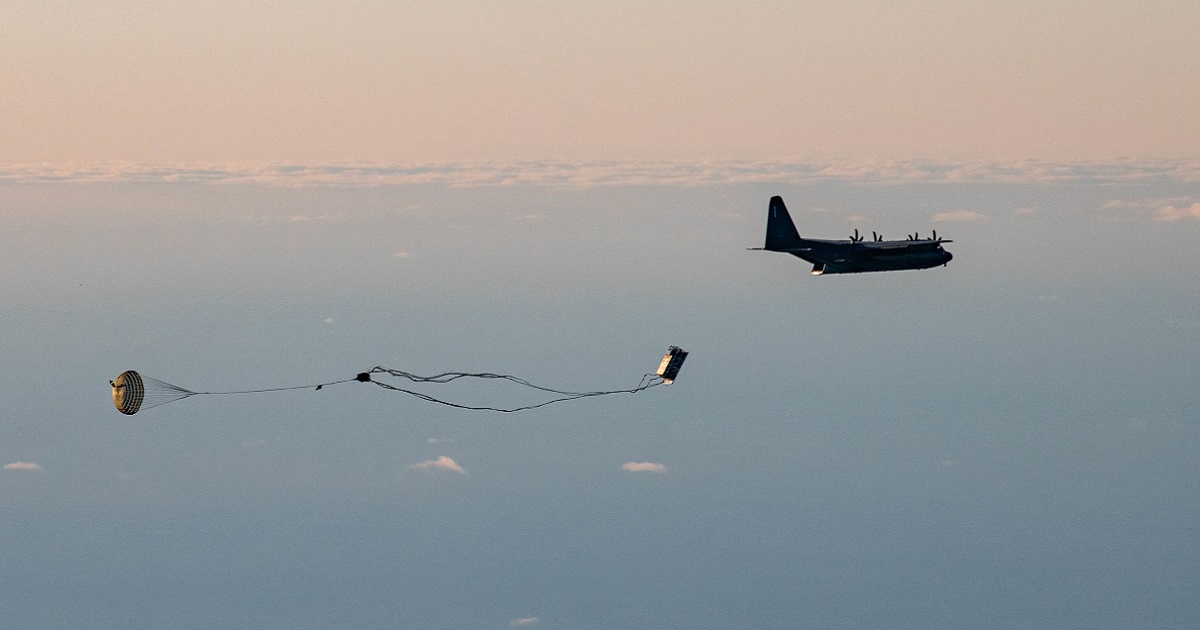
The U.S. Air Force conducted a successful ATREUS exercise in which it tested a cruise missile dropping system.
Here's What We Know
The exercise took place in the Arctic at a range over the Norwegian Sea. A Lockheed Martin MC-130J Commando II military transport aircraft of the 352nd Special Operations Wing participated. It successfully dropped a pallet of AGM-158B JASSM-ER (Joint Air-to-Surface Standoff Missile - Extended Range) long-range cruise missiles.
#The 352nd Special Operations Wing takes to the skies with their MC-130 J Commando II to conduct the first live fire test in the European theater of a palletized Joint Air to Surface Standoff Missile (JASSM). Stay tuned for more of this historic event! #ATREUS pic.twitter.com/8MfMaSgblW
- US Spec Ops Europe (@US_SOCEUR) November 9, 2022
The jettisoning system for cruise missiles is called the Rapid Dragon. It receives target information via radio communication. The AGM-158B JASSM-ER uses a special pallet equipped with parachute systems to drop the missiles. After the pallet is stabilized in the air, the missile opens the fin, fires the engine and heads for the target, which in our case was located at the test site off the coast of Norway.
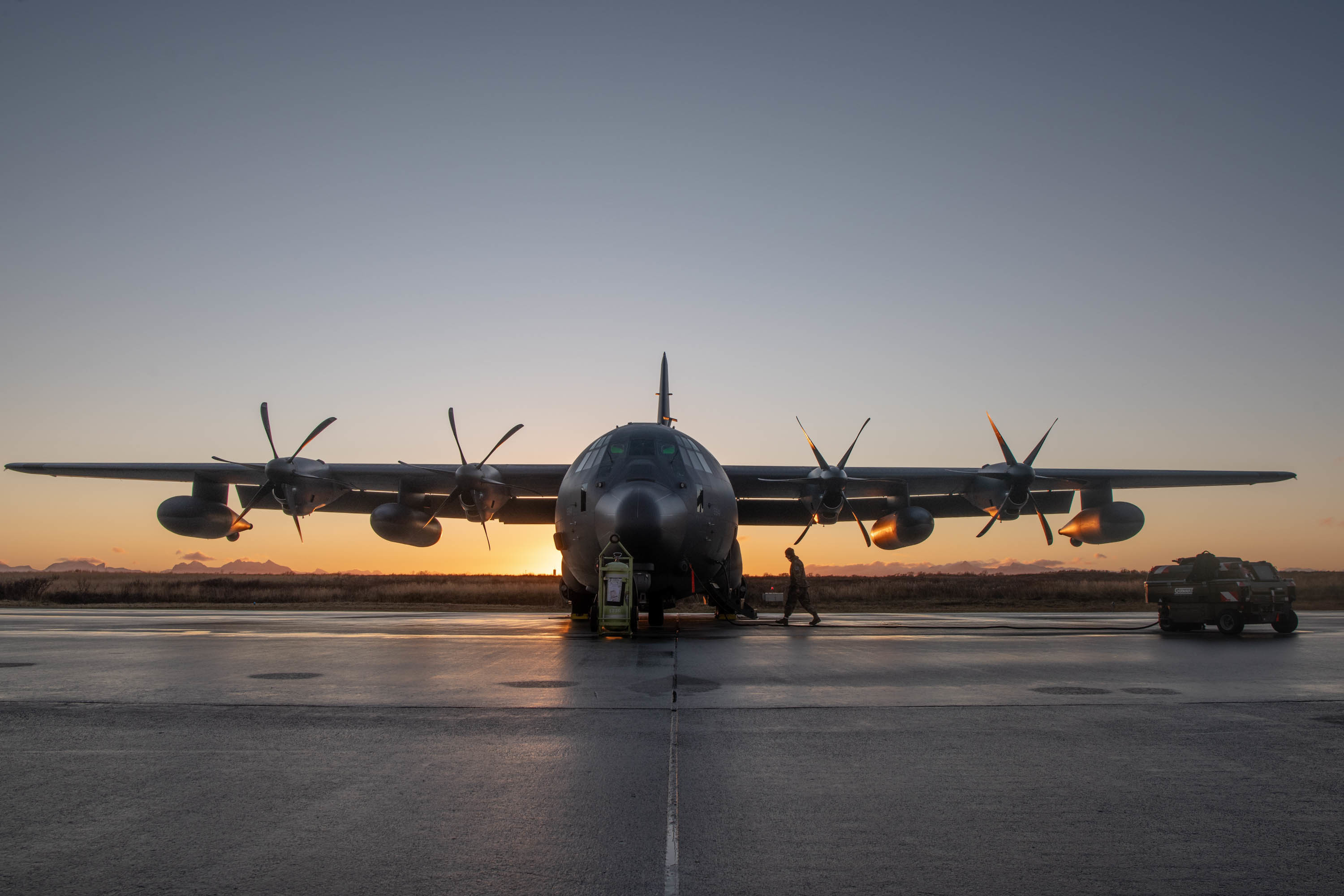

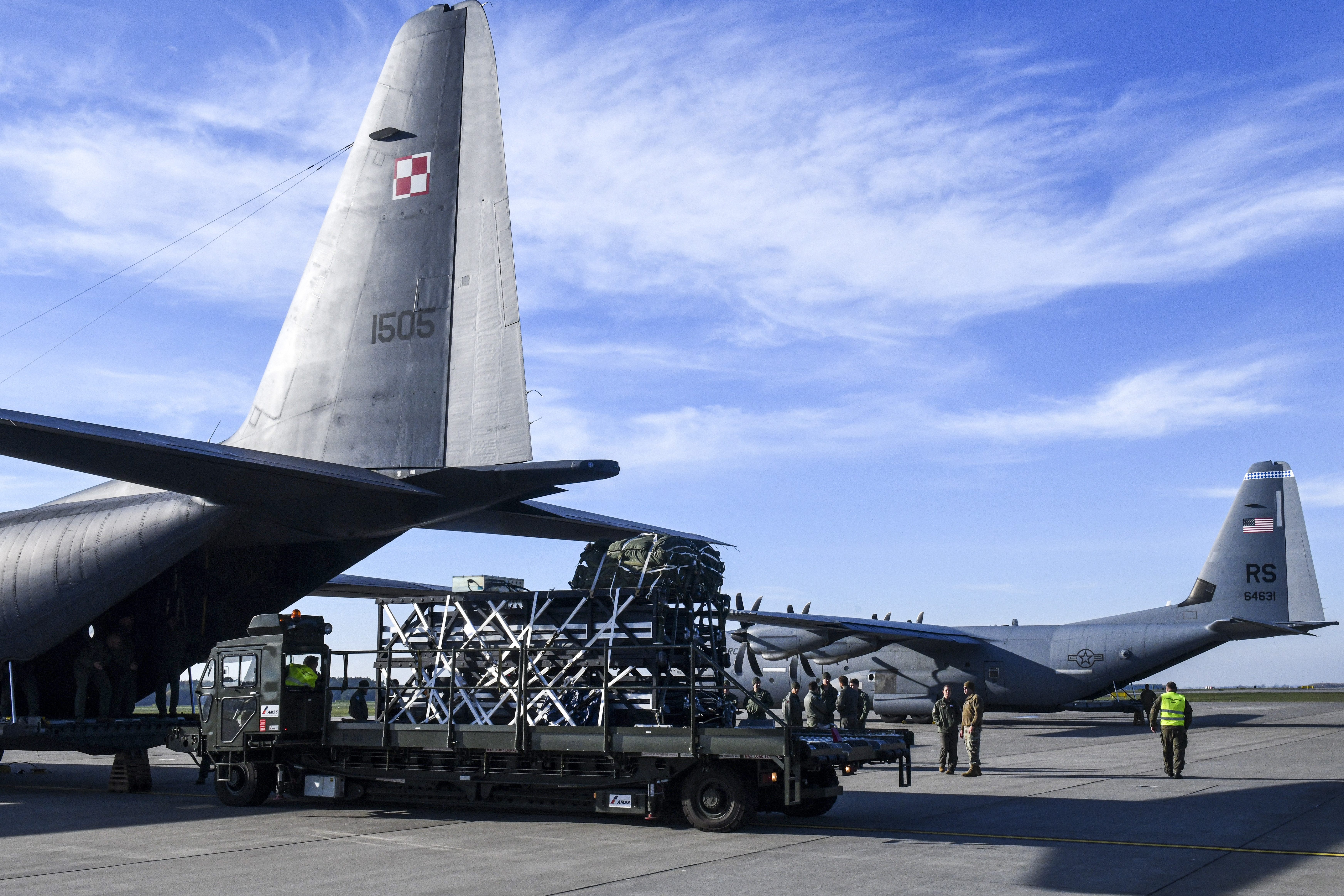
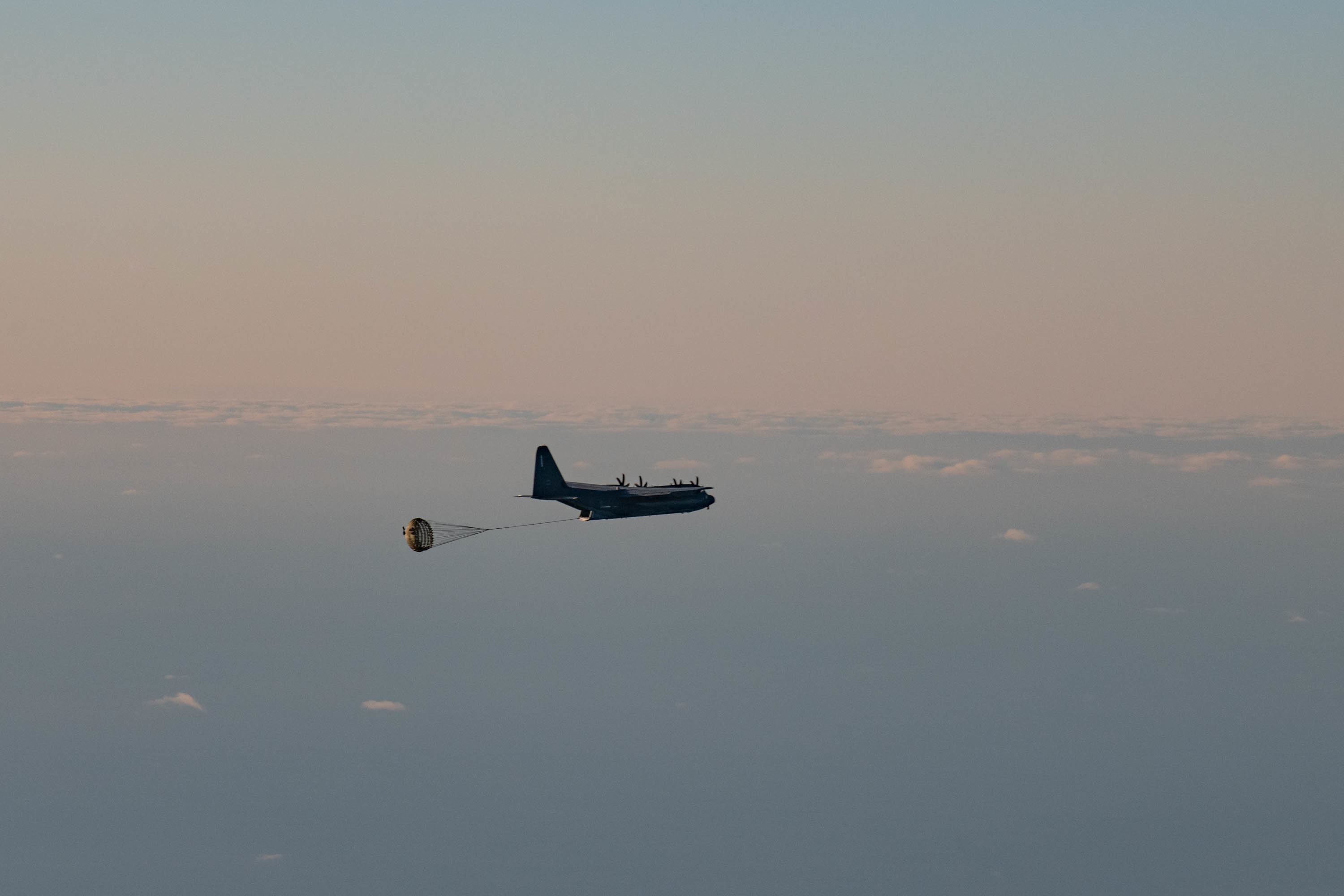


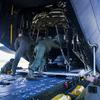
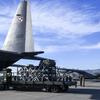


The developer of the AGM-158B JASSM-ER is Lockheed Martin. The maximum launch range of the missile is 1000 km. In addition, the Rapid Dragon system allows dropping AGM-158 JASSM missiles with a range of up to 370 km.
Source: Air Force Material Command